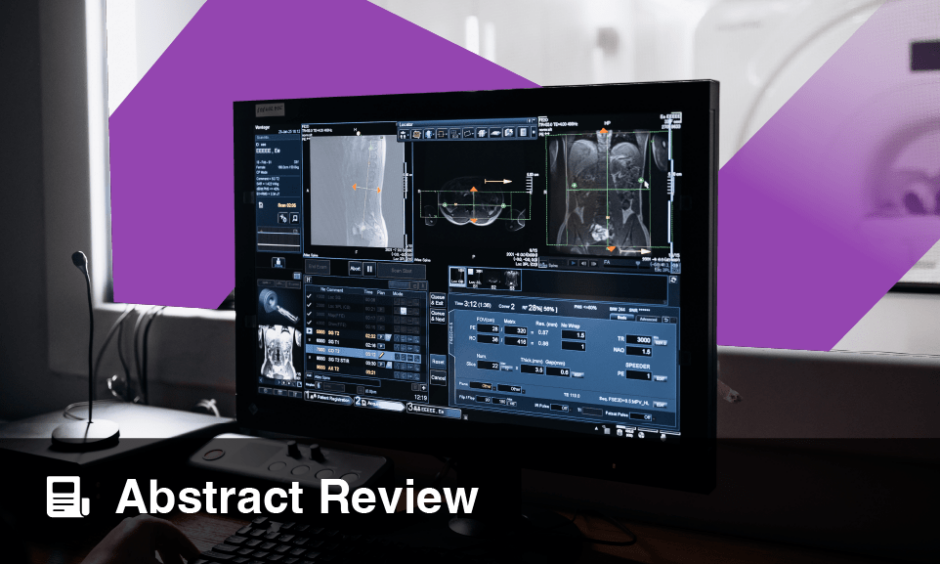NEW data reveal that acute pulmonary embolism (PE), though rare in children and adolescents, carries a significant risk of death, particularly among patients with high-risk features and those under the age of 10.
In a retrospective patient-level study, researchers analysed data from the 2016 and 2019 Kids’ Inpatient Database, capturing all hospitalised patients aged 0–19 years in the USA. The team identified 5,733 paediatric cases of acute PE, either as the primary diagnosis or a co-diagnosis. Complementary data from the US Multiple Cause of Death database and Census Bureau population statistics enabled calculations of incidence, case fatality, and proportional mortality. The analysis also included age- and sex-stratified estimates and assessed in-hospital clinical outcomes including intracranial bleeding.
The annual incidence of acute PE was 3.5 per 100,000 children and adolescents (95% CI 3.4–3.6), with incidence peaks in infants under 1 year and in adolescents aged 15–19. The overall in-hospital case fatality rate was 4.5% (95% CI 4.0–5.1). Patients with acute PE were nine times more likely to die in hospital than those without (OR 9.3, 95% CI 7.9–10.9). Among children with high-risk PE features, mortality rose sharply, reaching 25.3% (20.6–30.5) in patients aged 0–9 and 13.9% (11.9–16.2) in those aged 10–19. Even among patients without high-risk features, case fatality remained notable: 4.9% (3.1–7.6) for ages 0–9, and 0.7% (0.5–1.0) for ages 10–19. Intracranial bleeding followed a similar risk pattern, affecting up to 8.1% of young children with high-risk PE. Use of reperfusion strategies beyond systemic thrombolysis was rare across all ages.
Although paediatric PE remains uncommon, this study reinforces the importance of early identification and stratification of risk. Children with high-risk features are particularly vulnerable and warrant close monitoring and potentially more aggressive management strategies.
Reference
Wolf S et al. Acute pulmonary embolism in children and adolescents in the USA (2016 and 2019): a nationwide retrospective cohort study. Lancet Respir Med. 2025; DOI: 10.1016/S2213-2600(24)00412-0.








